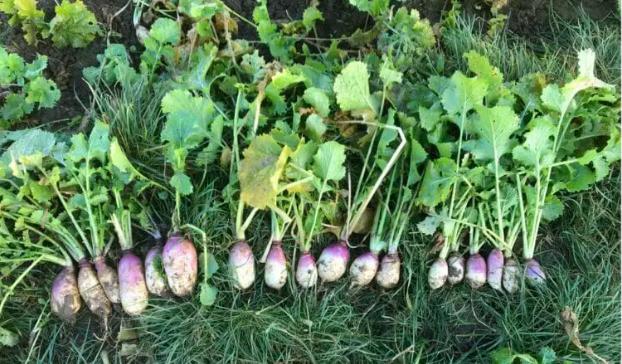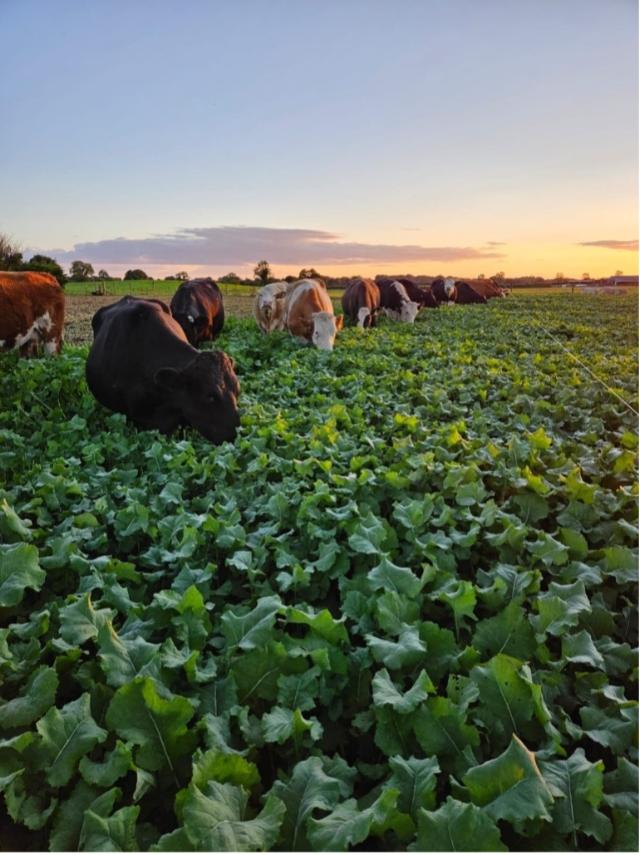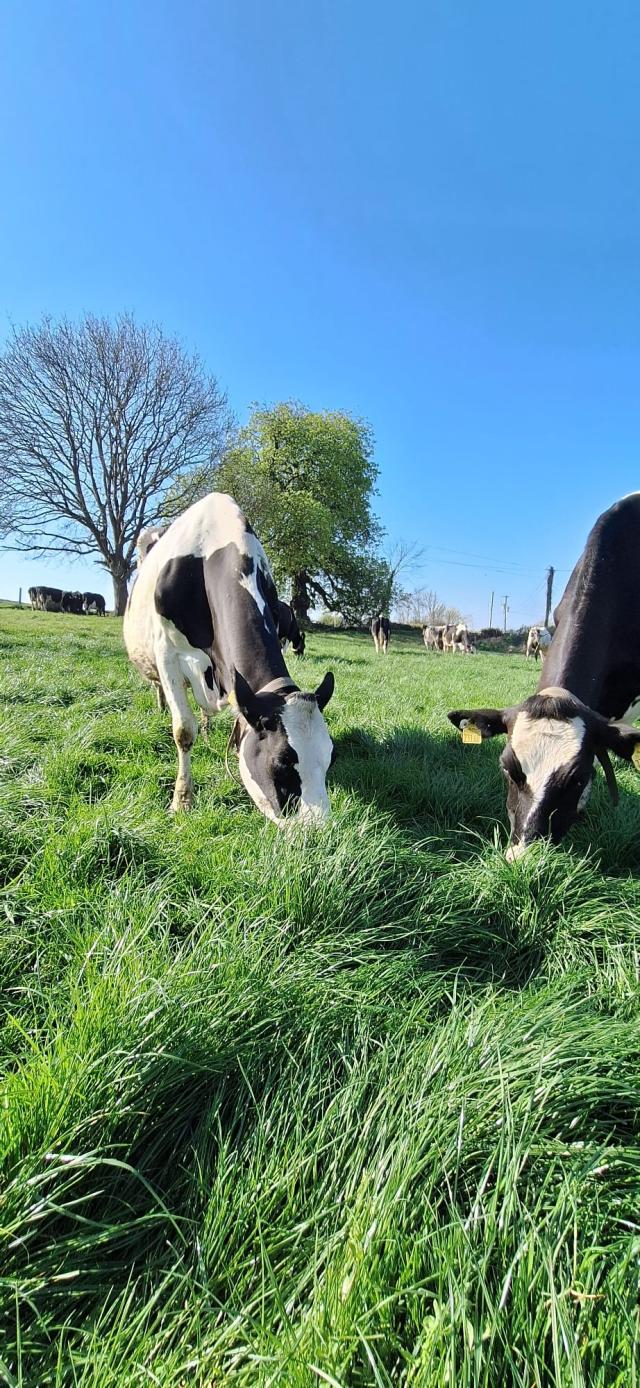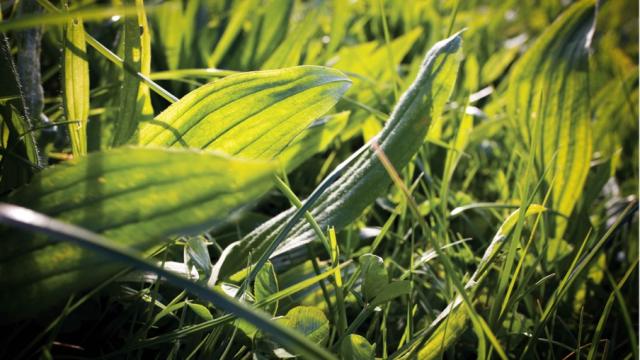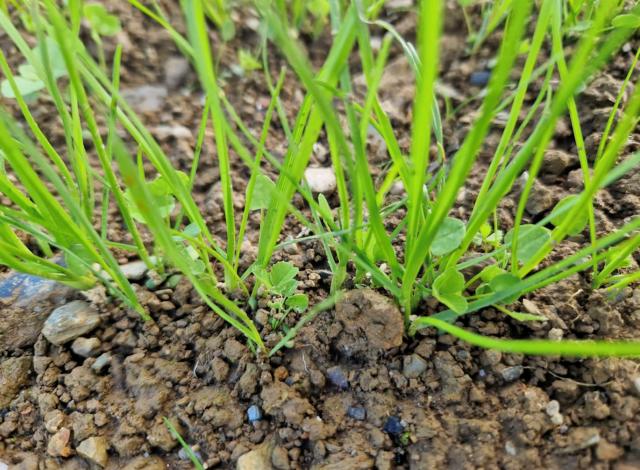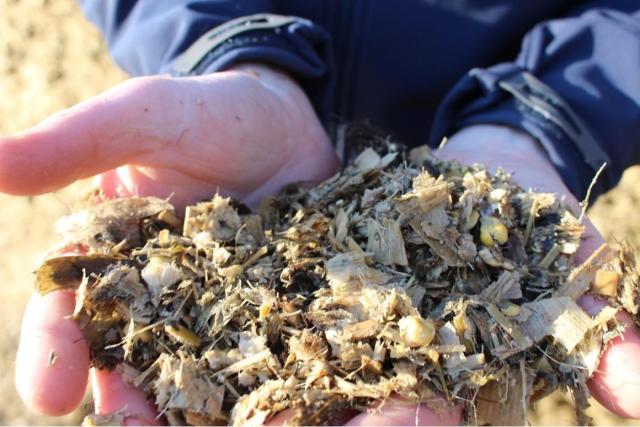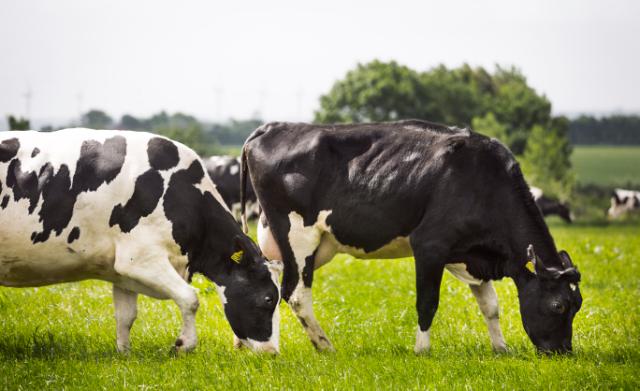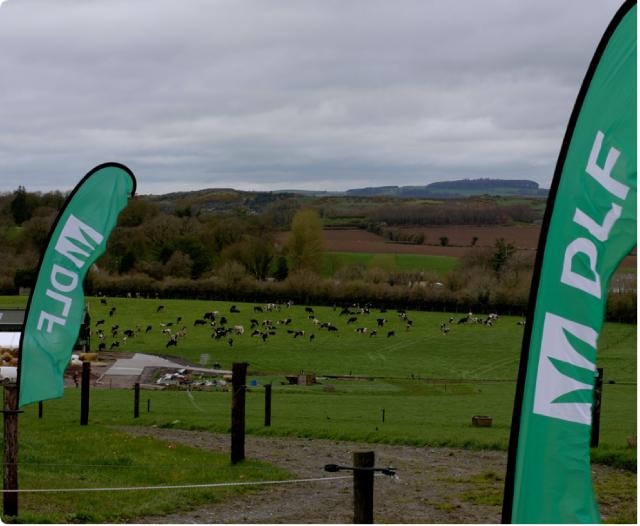
DLF Sow & Grow Roadshow 2025
The DLF team are hitting the road this summer! As well as attending the big summer shows, DLF will be hosting two special reseeding events with our Grass Partners Michael and David in Cork on July 22nd and Offaly on July 29th! Read more
